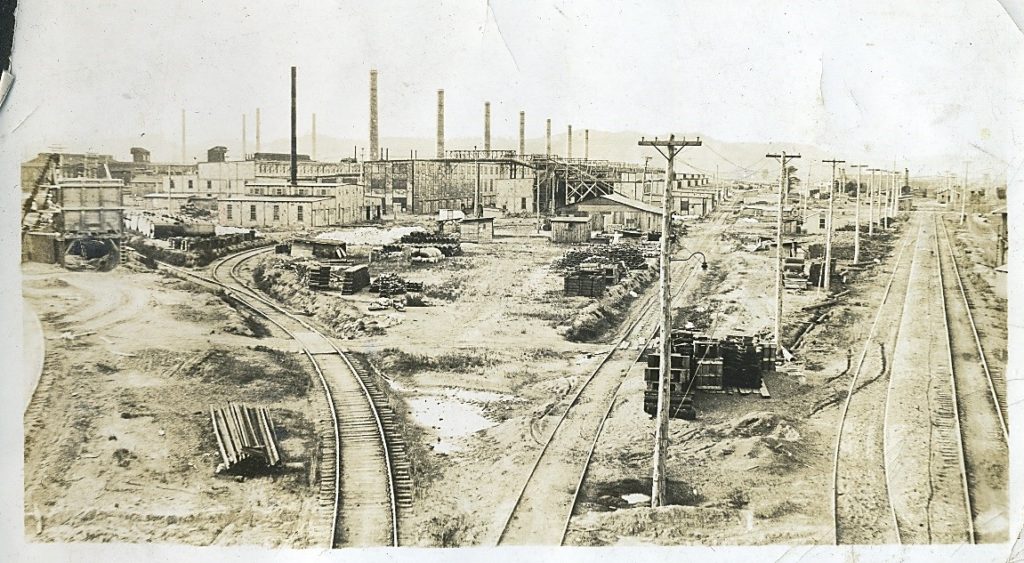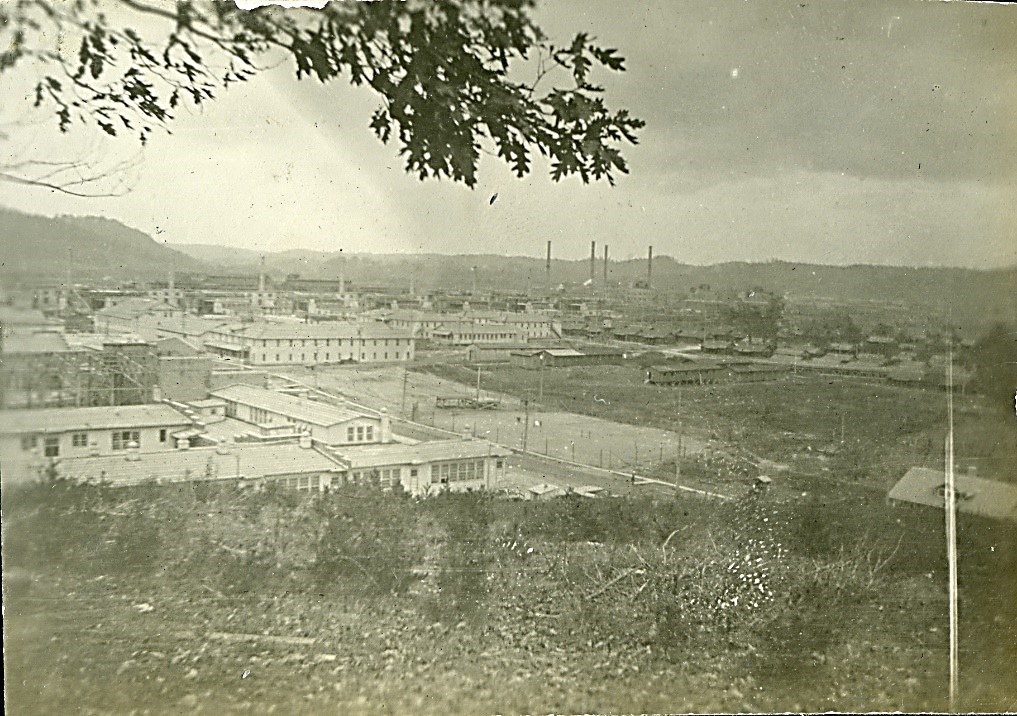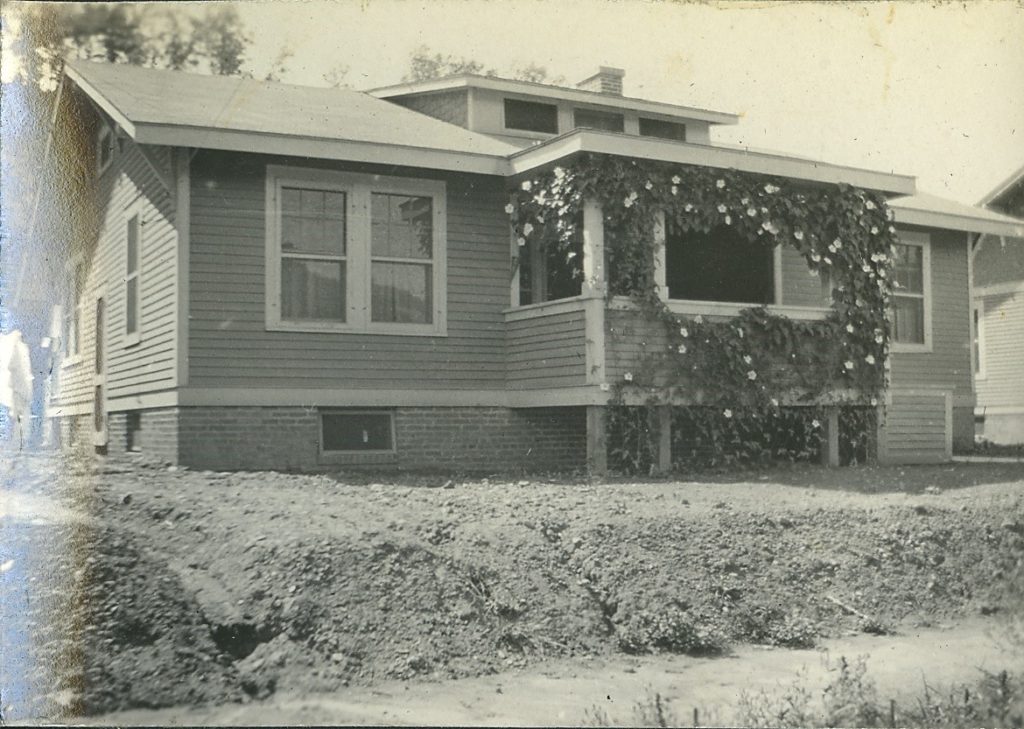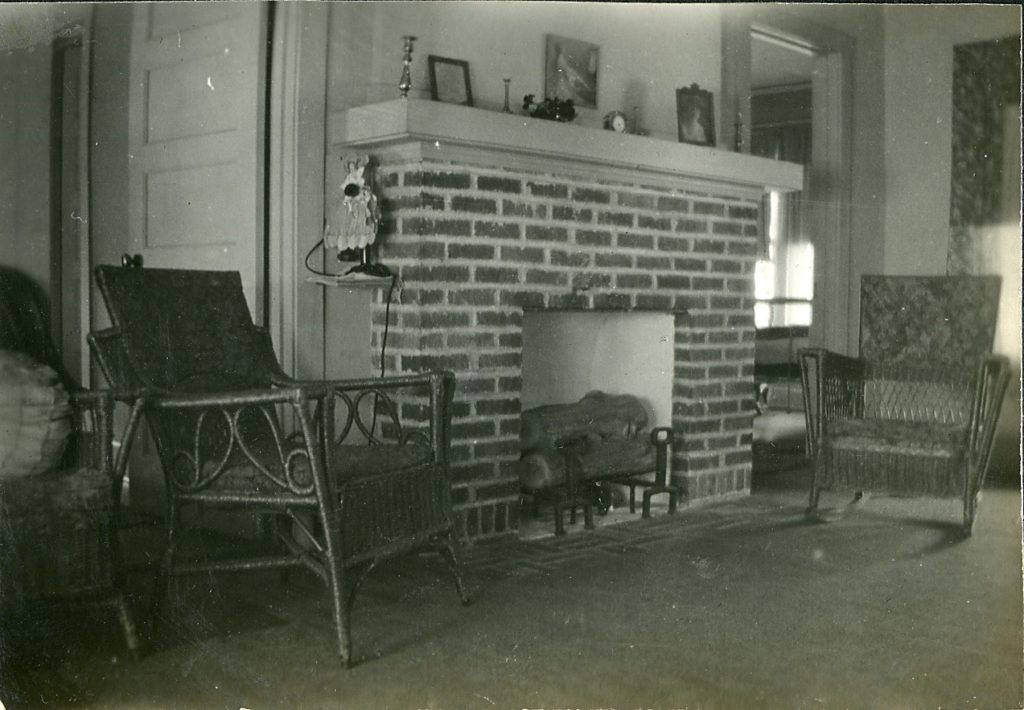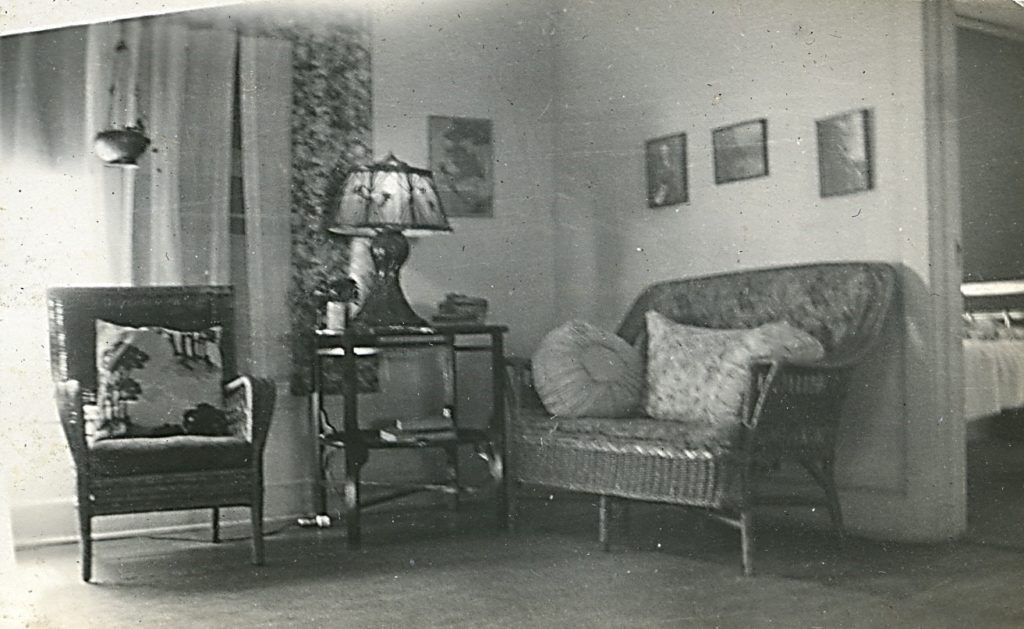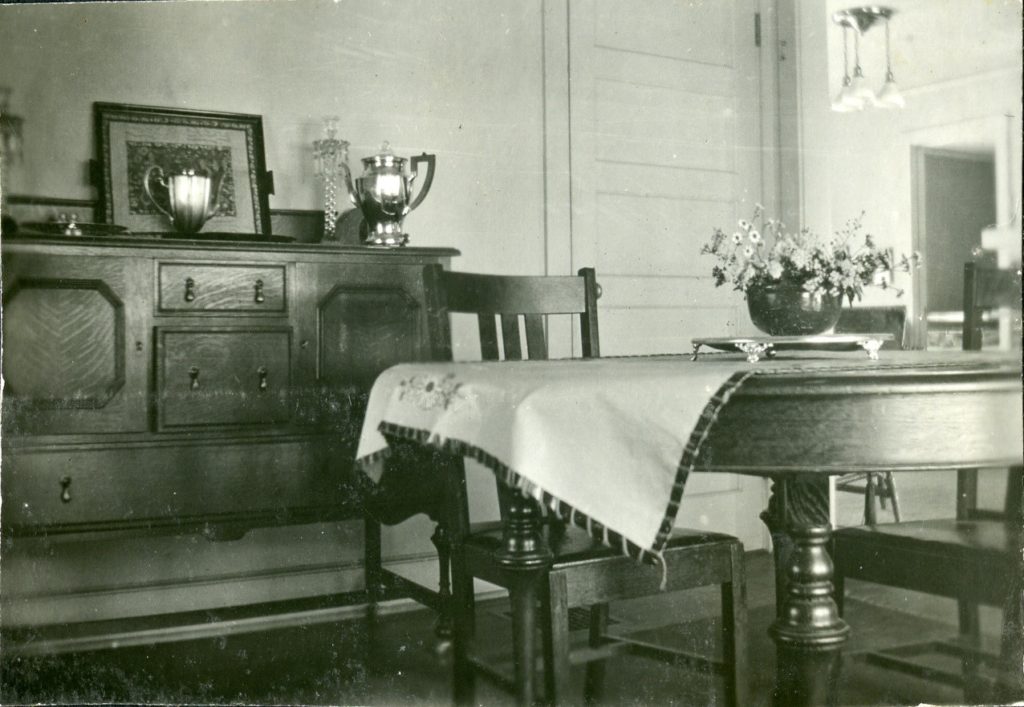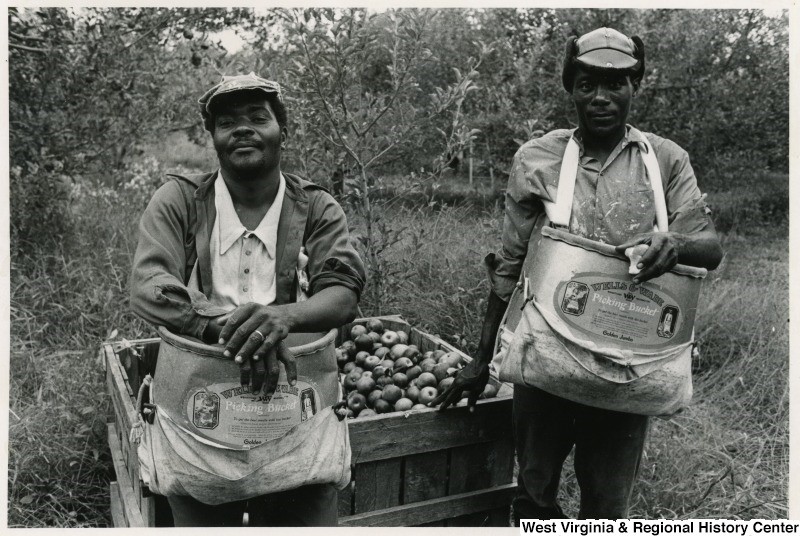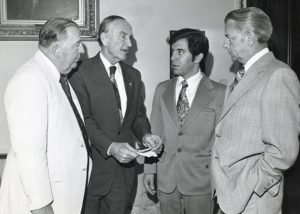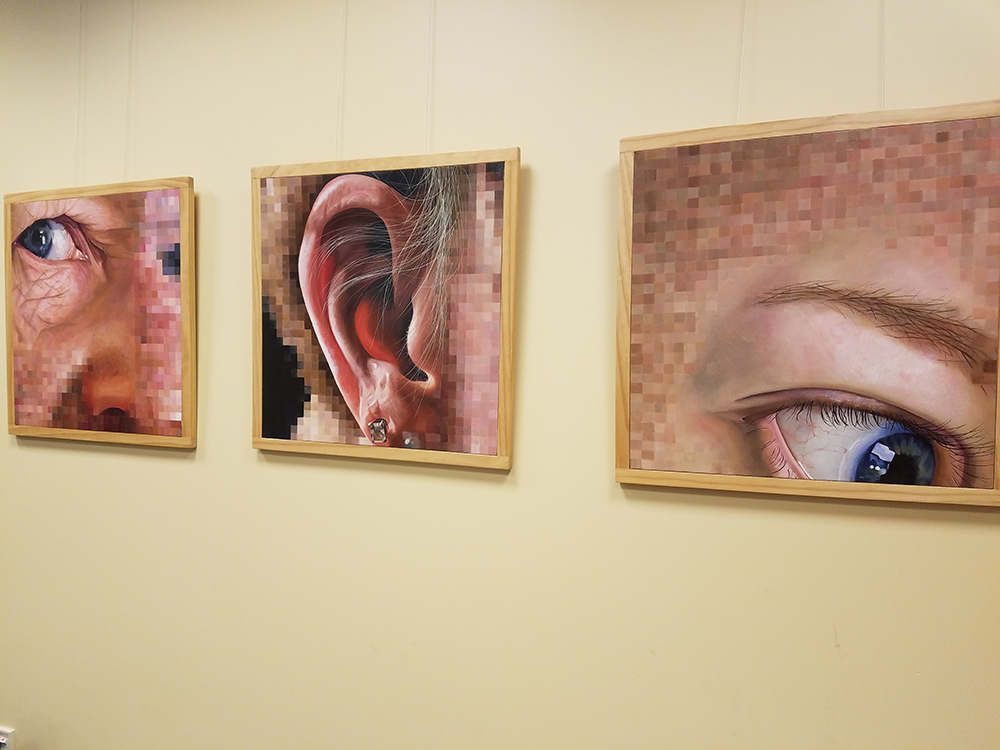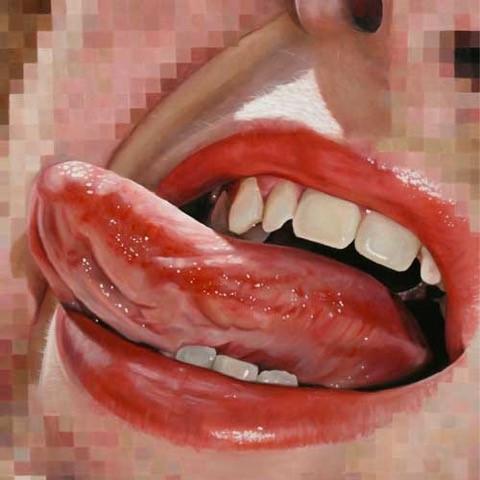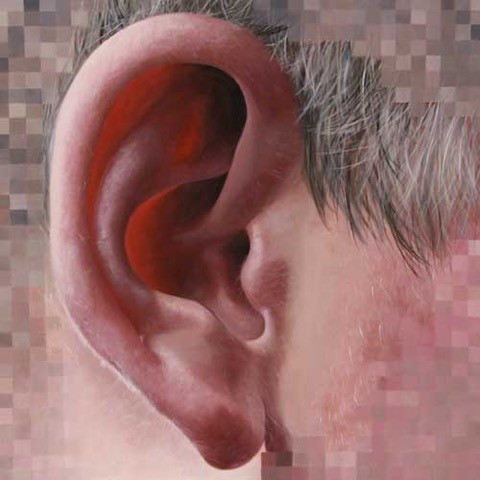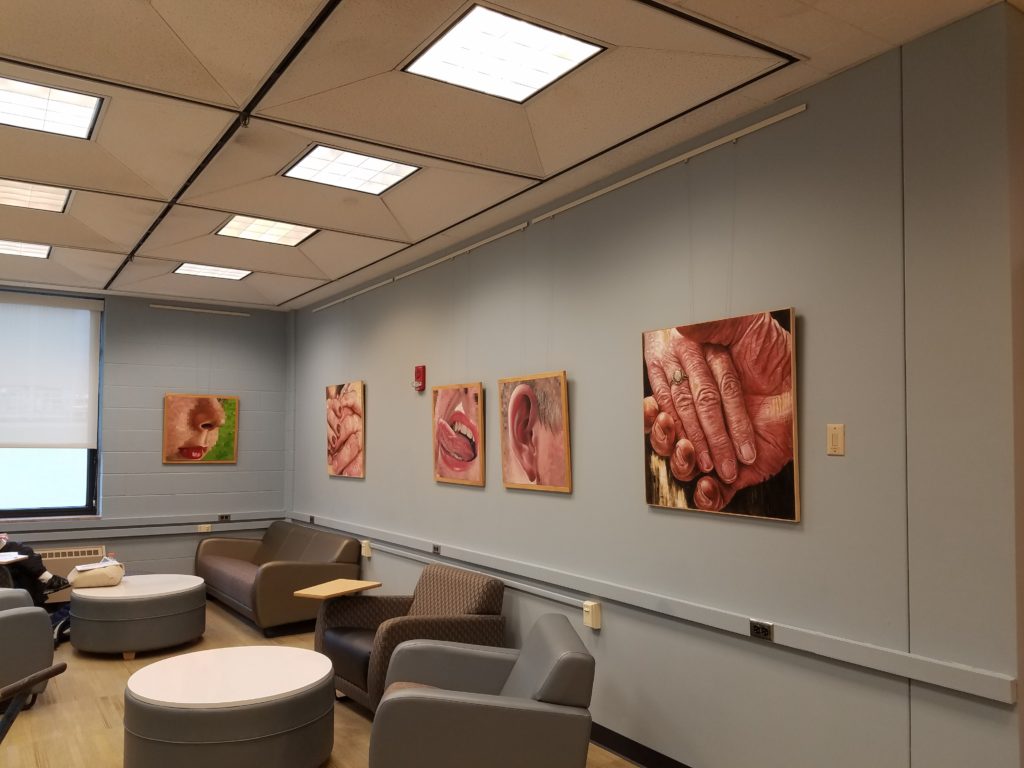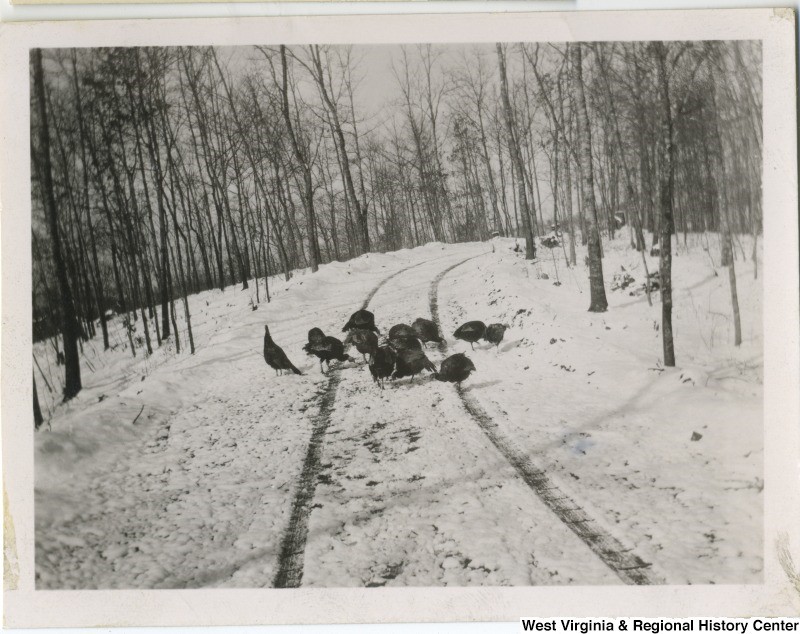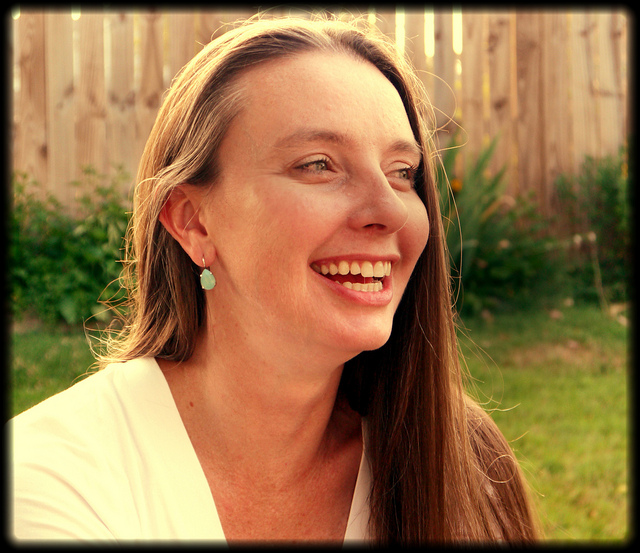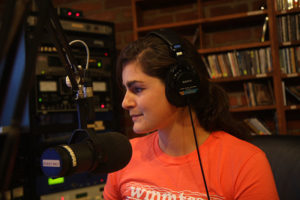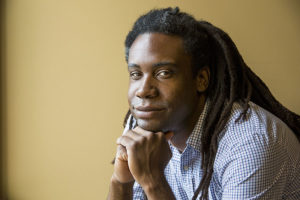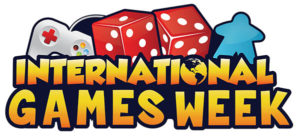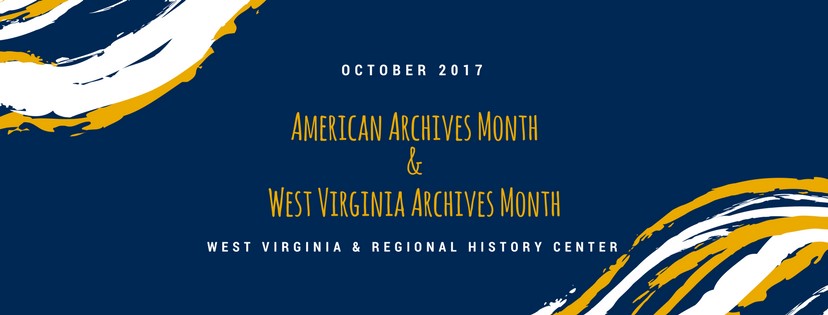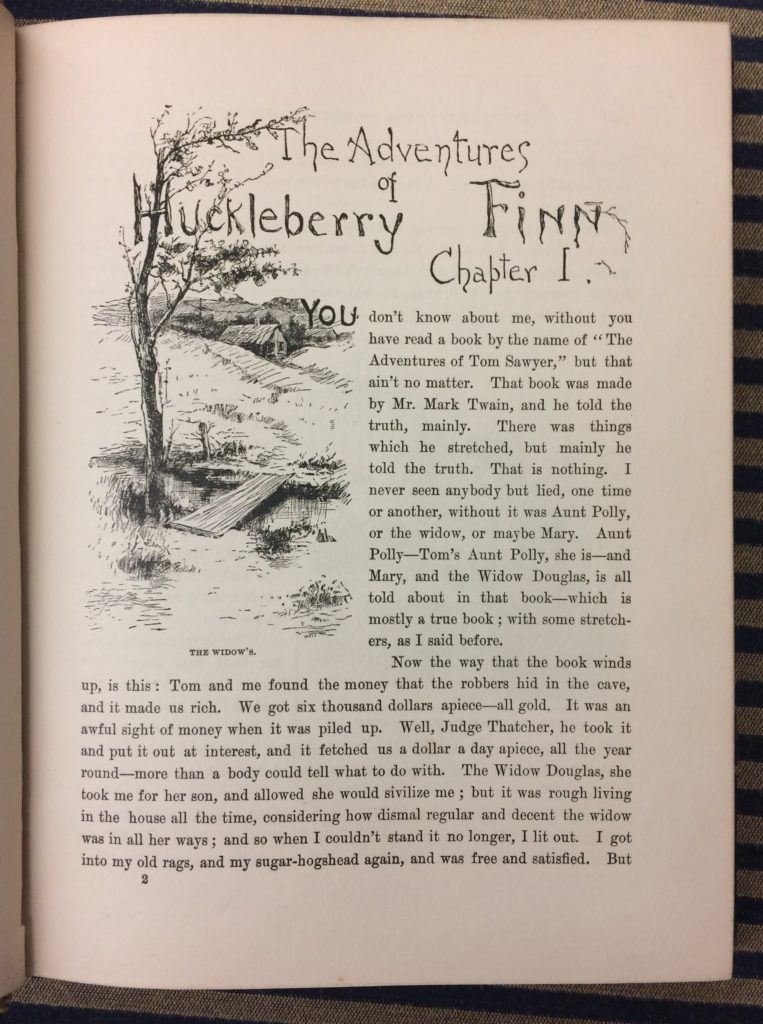Art in the Libraries Annual Faculty/Staff Exhibits Award
Posted by Jessica McMillen.December 27th, 2017
As part of its mission, Art in the Libraries seeks to highlight the art and scholarship of WVU faculty and staff. With the Annual Faculty/Staff Exhibits Award, Art in the Libraries committee invites current WVU faculty and staff to submit ideas for consideration for an exhibit to visually showcase their scholarship in new and experimental ways, providing a visual evolution of their work, visualizing their research and influences, or answering a research question.
Broader goals of this award include:
- to provide a multidisciplinary platform for deeper learning.
- to foster a continuation of intellectual discourse and discussion.
- to demonstrate the breadth of WVU’s creative and innovative activity.
Exhibitions will take place in the Downtown Campus Library, room 1020 for an agreed-upon duration, and include a public lecture, program or demonstration. Non-art faculty or staff may submit a proposal based on their academic research that could become visualized with Library consultation and limited resources. Applicants must submit an outline of their proposal on the Propose an Exhibit online form , with “Annual Faculty/Staff Exhibits Award Submission” in the Proposed Exhibit Location section. (Exhibits.lib.wvu.edu)
Award includes $1,000 as professional development funds. Award also includes promotion, and coordination of public program and reception, offering an opportunity for exposure.
Eligibility: All West Virginia University part-time or full-time faculty or staff.
Winners will be selected by the Art in the Libraries Committee. Selection will be based on applications that best meet the award’s goals listed above.
Deadline: Midnight, February 28, 2018
Exhibition space is in Downtown Campus Library room 1020. This is a prime viewing location with glass front walls, located on the first floor of the Library (which averages 4,000 visitors each day). A hanging system allows for two-dimensional work to be displayed conveniently on the 12’ tall off-white walls. Three dimensional work can be displayed using the exhibitor’s own pedestals or installation, but must not inhibit student study space area. Exhibition space will be open during normal Downtown Campus Library hours listed on the website and security is limited to the staff working at the service desks. There is no security guard or locked hanging system, however the Libraries hold the University-wide insurance which can cover loss or damage with proof of worth.
Applicants may contact Sally Deskins, sbdeskins@mail.wvu.edu, for a tour and/or consultation before applying.
Room 1020 Floorplan (above); entrance is from main 1st floor area.








